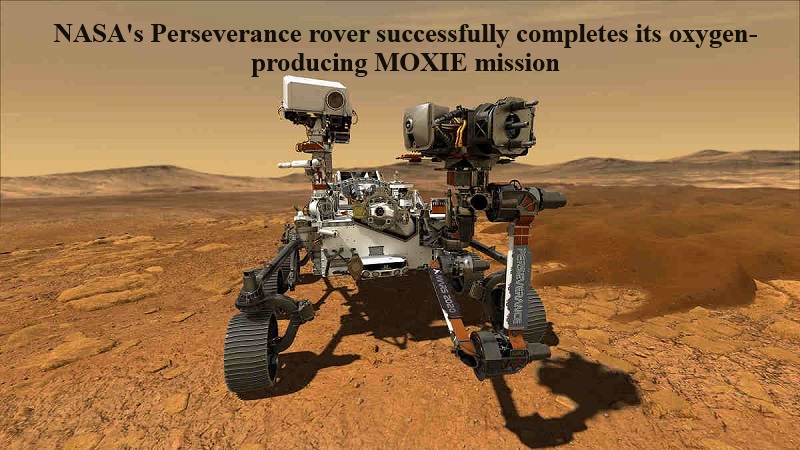
The concept of terraforming Mars has captured the imaginations of scientists and artists alike. Although Mars may have once held the potential for life millions of years ago, today it stands as a desolate world. Mars does possess an atmosphere, but its oxygen levels are insufficient to support human life. Transporting oxygen from Earth to Mars would be a prohibitively expensive endeavor. Consequently, the focus in recent years has shifted towards finding a reliable method for producing oxygen on Mars itself, utilizing the planet’s available resources.
NASA’s Perseverance rover has been exploring the Martian surface since 2021, and it has now successfully completed its mission to produce oxygen using MOXIE (Mars Oxygen In-Situ Resource Utilization Experiment).
MOXIE is an instrument carried by the Perseverance rover, and its operations have come to a close after successfully generating oxygen for the 16th and final time aboard the rover. Developed by scientists at the Massachusetts Institute of Technology (MIT), MOXIE has exceeded their initial expectations.
Pam Melroy, NASA Deputy Administrator, expressed, “MOXIE’s impressive performance shows that it is feasible to extract oxygen from Mars’ atmosphere – oxygen that could help supply breathable air or rocket propellant to future astronauts.” This breakthrough in technology development is seen as crucial for utilizing resources on the Moon and Mars, establishing a sustained lunar presence, creating a robust lunar economy, and supporting eventual human exploration missions to Mars.
Since the landing of Perseverance on Mars in 2021, MOXIE has produced a total of 122 grams of oxygen, which is approximately equivalent to the amount a small dog breathes in over a span of 10 hours. This surpasses NASA’s initial goal for the project, and the oxygen produced had a remarkable purity of 98 percent. On August 7, during MOXIE’s final oxygen production as part of its mission, it generated 9.8 grams of oxygen.
Trudy Kortes, director of technology demonstrations at NASA Headquarters, stated, “We’re proud to have supported a breakthrough technology like MOXIE that could turn local resources into useful products for future exploration missions. By proving this technology in real-world conditions, we’ve come one step closer to a future in which astronauts ‘live off the land’ on the Red Planet.”

Post Your Comments